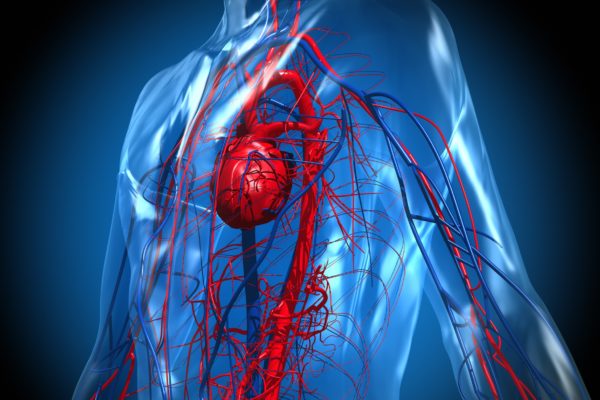
Orthoinfo
Giant-cell tumour of the bone, (GCTOB) also called osteoclastoma, is a relatively uncommon tumour of the bone. It is characterised by the presence of multinucleated giant cells (osteoclast-like cells). Malignancy in giant-cell tumour is uncommon and occurs in about 2% of all cases. However, if malignant degeneration does occur, it is likely to metastasise to the lungs.
Giant-cell tumours are normally benign, with unpredictable behaviour. However, the aggressive growth rate of the GCT can cause problems. The tumours develop most often in long bones and are usually found close to the joint. Occasionally, GCTs are found in the spine, pelvis and even hands and feet.
Despite the benign nature of a GCT, it can cause a lot of medical problems. The tumours can compromise bone density, causing an increased risk of bone fractures. Metastasis of giant-cell tumours occurs in roughly 9% of all cases.
GCT is a very rare type of cancer, usually affecting patients between the ages of 20 and 50, with a slight predominance in female patients.
Patients with GCT develop symptoms very slowly. Depending on the tumour location, these may include:
There is no known cause for giant-cell tumours of the bone. No risk factors have been identified.
Given the rarity of the disease, a GP will rarely suspect a giant-cell tumour of the bone, but since most patient complaints involve not being able to move certain joints, patients are often referred to a physiotherapist. When physiotherapy proves to be ineffective, the patient will typically be referred to an orthopaedic surgeon or a specialised clinic. Here, subsequent tests will be conducted, including a biopsy, X-rays and MRI scans.
The tumours are graded along the following scale:
When all research has been completed and a diagnosis of giant-cell tumour of the bone is reached, a team of specialists will come up with a treatment plan. Given the rarity of the disease, the treatment will probably take place in a specialised hospital.
Treating a GCT of the bone generally involves surgery, depending on the location and stage of the tumour. Another option is targeted therapy, which is often prescribed before surgery. It slows down the growth rate of the tumour and the damage to the bone. In around 30% of all patients, the cancer will return. As a result, patients typically remain under observation after treatment. In an advanced setting, RANKL inhibitors can be given to eligible patients, with research currently underway into targeted therapies in relation to this cancer.
Article Arch Bone Jt Surg






